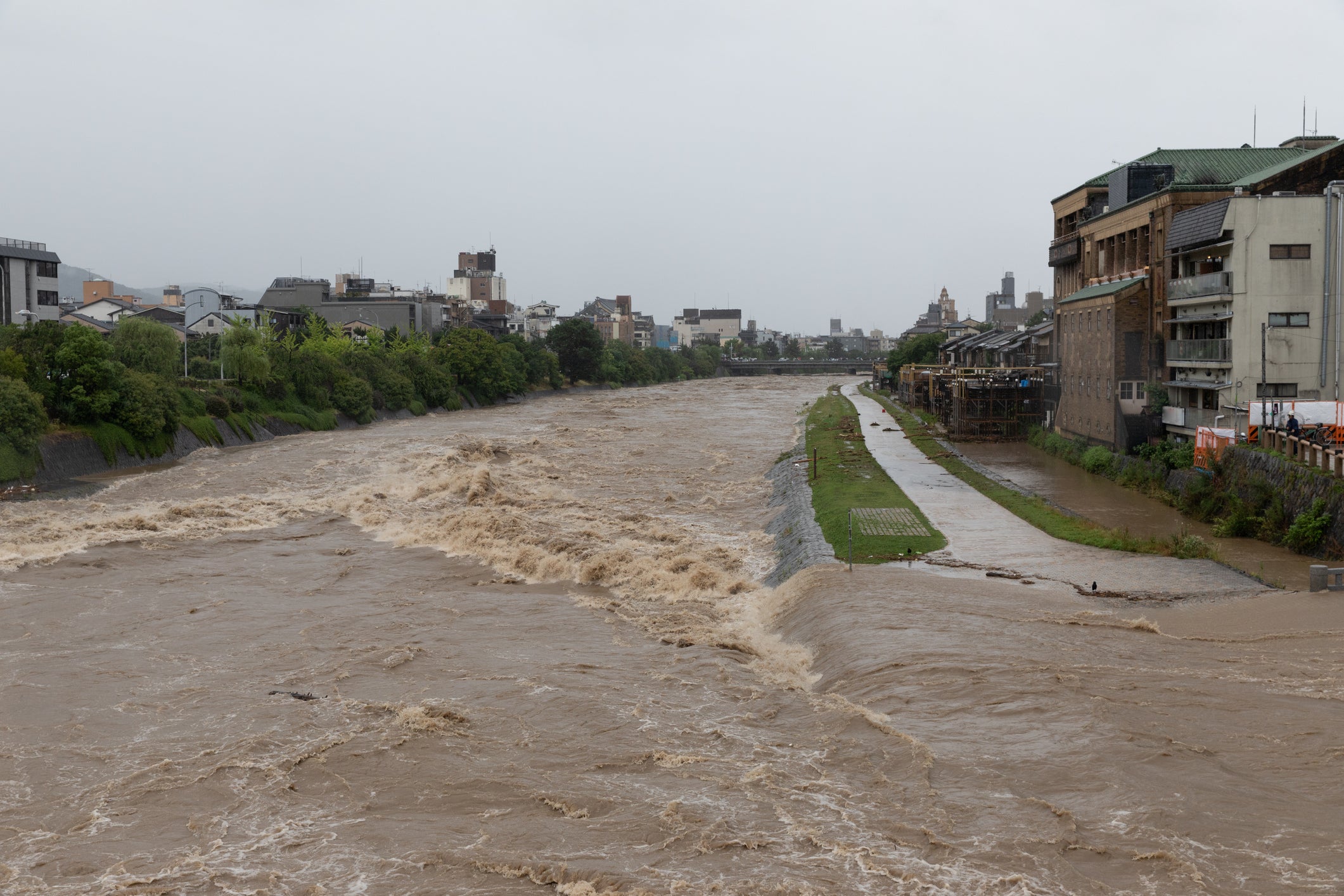The importance of community collaboration for earthquake countermeasures
table of contents
Introduction
1.Promoting information sharing and awareness
2.Sharing resources and experience
3. Forming a strong network through collaboration
4. Complementing each other's weaknesses
5. Improving the ability to move towards the recovery of the entire region
summary
Introduction
Earthquakes are natural disasters that can have a major impact on our lives. Therefore, earthquake countermeasures are a very important element for our safety and security. In earthquake countermeasures, it is important not only to make efforts by individual households and regions, but also to collaborate with the entire local community. This article explains the importance of community collaboration for earthquake preparedness.
1.Promoting information sharing and awareness
1-1 Sharing risk information
Sharing information about earthquake risks and disaster countermeasures with local residents is essential for promoting earthquake preparedness. It is important to provide information such as the probability of earthquake occurrence and damage caused by past earthquakes to deepen residents' understanding of risks. This will help raise awareness of earthquake threats and appropriate countermeasures.
1-2 Prompt transmission of emergency information
When an earthquake occurs and before and after it occurs, prompt and accurate information transmission is necessary. Local communities need to establish mechanisms to quickly communicate emergency information and evacuation advisories in the event of an earthquake. Collaboration with local government agencies and disaster prevention organizations is important for this purpose. You can disseminate information widely by using tools such as the Internet, SNS , and local bulletin boards.
1-3 Regional awareness activities
It is important for local communities to disseminate knowledge about earthquake preparedness through regular awareness campaigns. We provide information to residents about the causes and mechanisms of earthquakes, appropriate actions in the event of an earthquake, confirmation of evacuation sites and evacuation routes, etc. In addition, by conducting earthquake drills and evacuation drills regularly, residents can learn to prepare for earthquakes.
1-4 Awareness using local resources
Local communities can use local resources to carry out awareness campaigns. You can invite local experts and research institutes to hold lectures and workshops, and collaborate with local TV and radio stations to disseminate information on earthquake preparedness. It is also effective to hold earthquake-related exhibits and hands-on events using local disaster prevention facilities and parks.
1-5 Collaboration with schools and educational institutions
Local schools and educational institutions play an important role in earthquake preparedness awareness activities. By incorporating earthquake countermeasures into the educational curriculum and conducting evacuation drills and simulations at schools, children can be enlightened. In addition, by participating in local disaster prevention activities using schools as a base, it will lead to increased awareness throughout the area.
2.Sharing resources and experience
2-1 Establishment and operation of evacuation center
When an earthquake occurs, you will need a shelter. Community collaboration can help establish and operate shelters in appropriate locations. Cooperation in using local facilities and public buildings as evacuation centers and sharing resources and experience in stockpiling and managing supplies at evacuation centers will lead to stronger evacuation systems in the event of an earthquake.
2-2 Implementation of rescue operations
When damage occurs due to an earthquake, rescue operations are required. Community collaboration can mobilize human and material resources to carry out rescue operations quickly and effectively. It is important to share experience and know-how in rescue operations through collaboration and training with local fire departments, emergency services, and volunteer organizations.
2-3 Provision of food and water
Depending on the earthquake, transportation and daily life infrastructure may be disrupted. Providing food and water under these circumstances is extremely important. Community collaboration can establish local food and water storage, distribution, and supply mechanisms. Food and water security can also be strengthened by sharing and cooperating with local agricultural products and water sources.
2-4 Improvement of buildings and structures
Developing earthquake-resistant buildings and structures is an important element of earthquake countermeasures. Community collaboration allows local architects and experts to share their knowledge and experience to improve building code compliance and earthquake resistance. It is also important to educate local residents about the earthquake resistance of buildings and how to repair them.
2-5 Utilization of financial support and insurance system
Economic support is needed to recover from the damage caused by the earthquake. Community collaboration can leverage local economic resources and insurance systems, and share information on earthquake insurance and recovery support measures. This will help support early recovery from earthquake damage.
3. Forming a strong network through collaboration
3-1 Establishment of information sharing and communication system
During and before an earthquake, it is essential to share accurate information and communicate quickly. Through community collaboration, information sharing mechanisms and communication systems can be established. By quickly sharing information in the event of an earthquake using the Internet, SNS , local bulletin boards, etc., residents can take safe action and evacuate.
3-2 Building a volunteer network
Many volunteers are needed in the event of earthquake damage. Community collaboration allows you to build a volunteer network. By having local residents and organizations cooperate as volunteers and participate in rescue operations, evacuation shelter operations, and support for disaster victims, it is possible to reduce earthquake damage and ensure smooth progress in recovery and reconstruction.
3-3 Regional leadership and organizational cooperation
Community collaboration shapes local leadership. By cooperating with local leaders and related parties and establishing organizations and committees for earthquake countermeasures, earthquake countermeasures for the entire region can be promoted as one. Cooperation with local governments and related organizations is also important. Local leadership and institutional cooperation are essential to share local needs and resources, and to develop and implement effective earthquake preparedness.
3-4 Conducting training and joint exercises
Training and joint exercises are important to ensure an appropriate response in the event of an earthquake. Community collaboration allows for training and exercises to be carried out in collaboration with local disaster prevention organizations and stakeholders. By understanding the roles and responsibilities in earthquake countermeasures and ensuring cooperation, you will be able to build a smooth cooperative system in the event of an actual disaster.
3-5 Sharing experience and know-how
When an earthquake occurs, past experience and know-how play an important role. Community collaboration allows for the sharing of local experience and know-how. By sharing initiatives and lessons learned from past earthquakes and disasters, you can improve disaster prevention awareness and countermeasures throughout the region.
4. Complementing each other's weaknesses
4-1 Building a support system for people with specific difficulties
When an earthquake occurs, it is important to support people with specific challenges, such as the elderly, people with disabilities, and people who are isolated. Community collaboration can build support systems for these people. For example, you can work with volunteer groups and local welfare organizations to provide shelter care and necessary medical and lifestyle support.
4-2 Sharing resources and expertise
Community collaboration allows for the sharing of resources and expertise of different organizations and individuals within a region. Each member's specific expertise and experience can be brought together and utilized for earthquake countermeasures for the entire region. For example, construction-related experts can provide earthquake resistance diagnosis and advice on renovations, while medical personnel can provide support for first aid and relief activities.
4-3 Implementation of measures tailored to regional characteristics
Regions have various characteristics. It is important to implement earthquake countermeasures based on the unique characteristics of each region, such as geographical conditions and socio-economic factors. Through community collaboration, it is possible to share countermeasures tailored to local characteristics and implement effective countermeasures. For example, in areas where earthquakes occur frequently, it may be necessary to construct earthquake-resistant buildings and review land use plans.
4-4 Sharing and efficient utilization of resources
Sharing and efficiently utilizing resources across the region also helps to compensate for each other's weaknesses. When an earthquake occurs, supplies and human resources are required, but each household or organization has only limited resources. Community collaboration allows resources to be shared and used effectively where and when needed.
4-5 Strengthening networks and pursuing joint goals
It is also important to strengthen networks within the community to complement each other's weaknesses. By building relationships of trust and cooperation and working toward shared goals, the disaster prevention capabilities of the entire region will be improved. By supporting each other and sharing the goal of regional safety and recovery, we can overcome difficulties during earthquakes.
5. Improving the ability to move towards the recovery of the entire region
5-1 Building enhanced disaster prevention capacity
Building enhanced disaster prevention capacity is essential to improving the resilience of the entire region. This includes earthquake risk assessment, implementation of appropriate seismic design, and preparation of evacuation facilities and evacuation routes. Other important elements include strengthening emergency response systems and information transmission in the event of an earthquake, and educating residents. These efforts can improve local resistance and resilience and minimize damage from disasters.
5-2 Strengthening and uniting the community
Strengthening and cohesive communities are key to increasing the resilience of entire regions. Residents and local organizations work together to provide support and information sharing during disasters, and to work toward common goals. Community cohesion encourages collaboration and mutual support during times of crisis, increasing the resilience of entire regions. Promoting exchange events and community activities tailored to local characteristics and culture is also an effective way to strengthen unity.
5-3 Resource sharing and collaboration
Resource sharing and collaboration are key to improving the resilience of the entire region. It is necessary to share the resources and expertise of organizations and individuals within the region and use them effectively in times of disaster. For example, cooperation and coordination are required in stockpiling and distributing supplies, rescue operations, and establishing and operating evacuation centers. Utilizing local resources that revitalize the local economy and industry also contributes to improving the resilience of the entire region.
5-4 Continuing education and training
Continuing education and training is required to increase community-wide resilience. Raise awareness and knowledge by providing education to residents and stakeholders on earthquake countermeasures and appropriate behavior during disasters. In addition, by regularly conducting earthquake countermeasures and emergency behavior training, we develop appropriate response capabilities and a cooperative system. Ongoing education and training instills a community culture of disaster prevention and improves resilience.
5-5 Promoting economic recovery and reconstruction
Economic recovery and reconstruction from earthquake damage is essential to improving the resilience of entire regions. It is important to restart economic activities in the disaster-stricken areas, support businesses, and create jobs. Social recovery and reconstruction are also important, and by supporting the mental health of disaster victims and local communities and rebuilding communities, we will increase the resilience of the entire region.
summary
Community cooperation is extremely important in earthquake preparedness. There are many benefits, such as promoting information sharing and awareness, sharing resources and experiences, forming strong networks, complementing each other's weaknesses, and increasing the resilience of the entire region. We can build a safer and more secure society by working on earthquake countermeasures not only by individual households and local communities, but also by the entire community.







